NASA’s Curiosity Mars rover recently drove over a rock, cracking it open in the process. This broken Martian rock quickly revealed a discovery that stunned scientists: yellow sulfur crystals.
Now, NASA researchers are working to learn more about this discovery, especially because it has never been seen on the Red Planet before.
The Curiosity’s New Travels
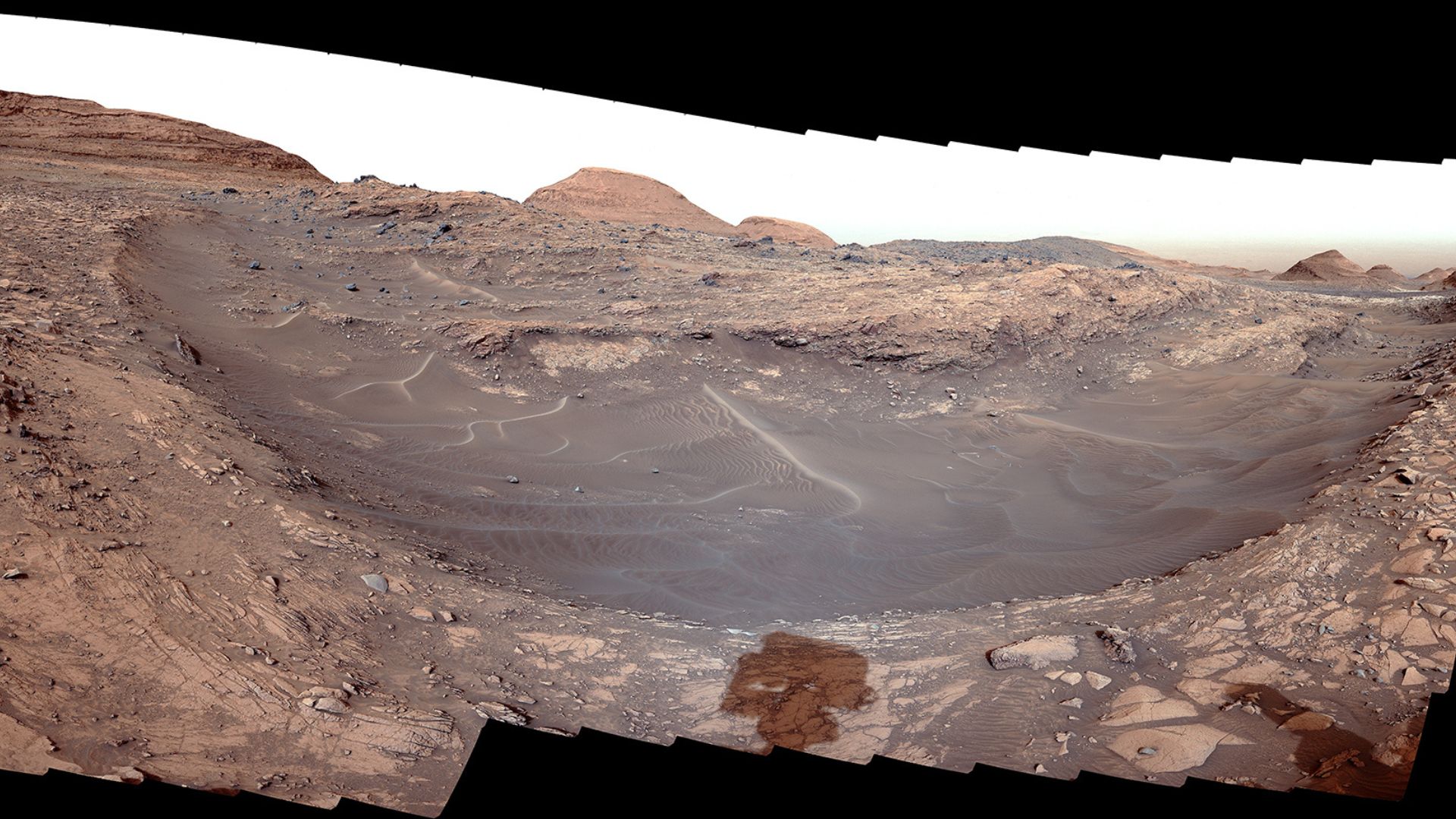
Since 2014, Curiosity has been ascending the Gediz Vallis channel, which is a 3-mile tall groove on Mount Sharp. Scientists have explained that each layer of this specific mountain seems to represent different times in Mars’ history.
Therefore, this region of Mars is particularly interesting to scientists — and it has already revealed a lot about the Red Planet that researchers were previously unaware of.
Looking for Past Life
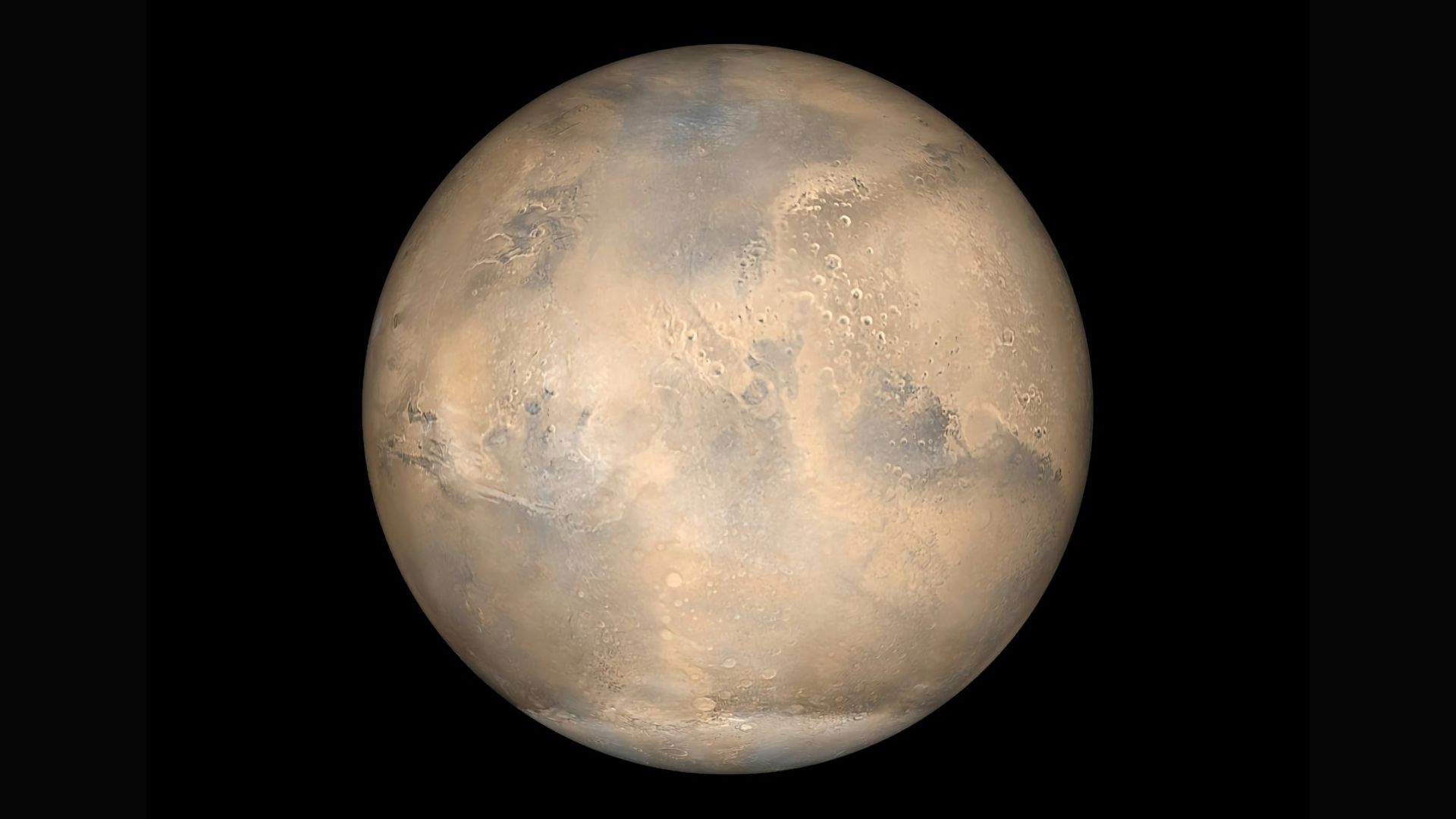
Curiosity’s years-long mission has been to study the Mars landscape and seek out evidence of possible past microbial life on Mars.
Curiosity has already found interesting rocks and indications that the planet was once very active and full of water. Now, this recent discovery has further surprised NASA scientists.
Uncovering Sulfates

In October 2023, Curiosity began to explore a specific part of Mars that has many sulfates. Sulfates is a particular salt that contains sulfur, yet only forms when water evaporates.
Curiosity has mainly only found sulfur-based minerals in these areas, which is sulfur and various other materials mixed together. This latest rock discovery has changed things.
Finding Pure Sulfur
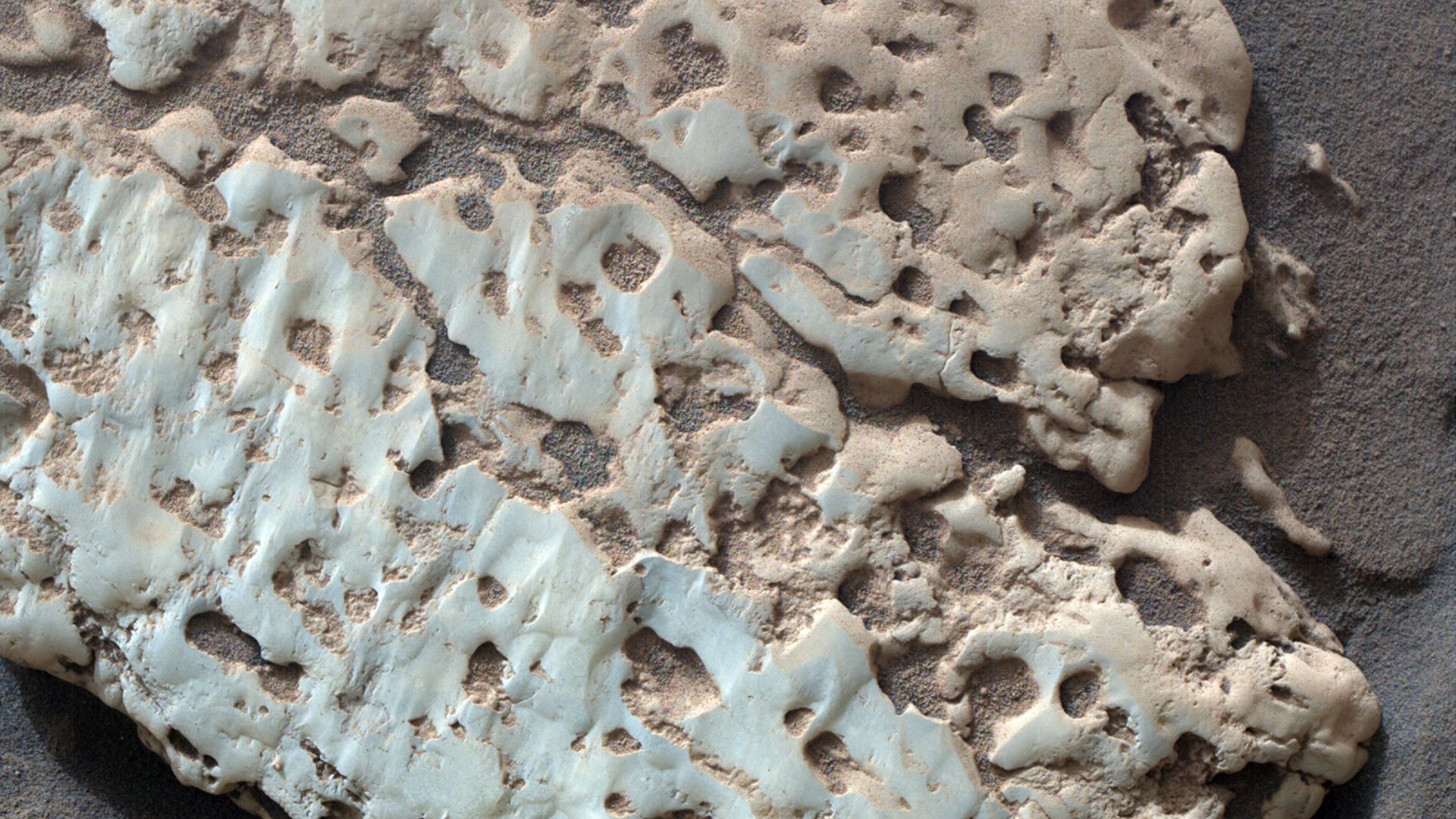
When Curiosity drove over this rock, it cracked the rock open. Inside this rock were many elemental, or pure, sulfur crystals.
It isn’t just one rock that has these yellow sulfur crystals. The Mars rover also discovered an entire field that has these types of rocks littered throughout. These Martian rocks likely also have all of these sulfur crystals inside.
An Unusual Discovery
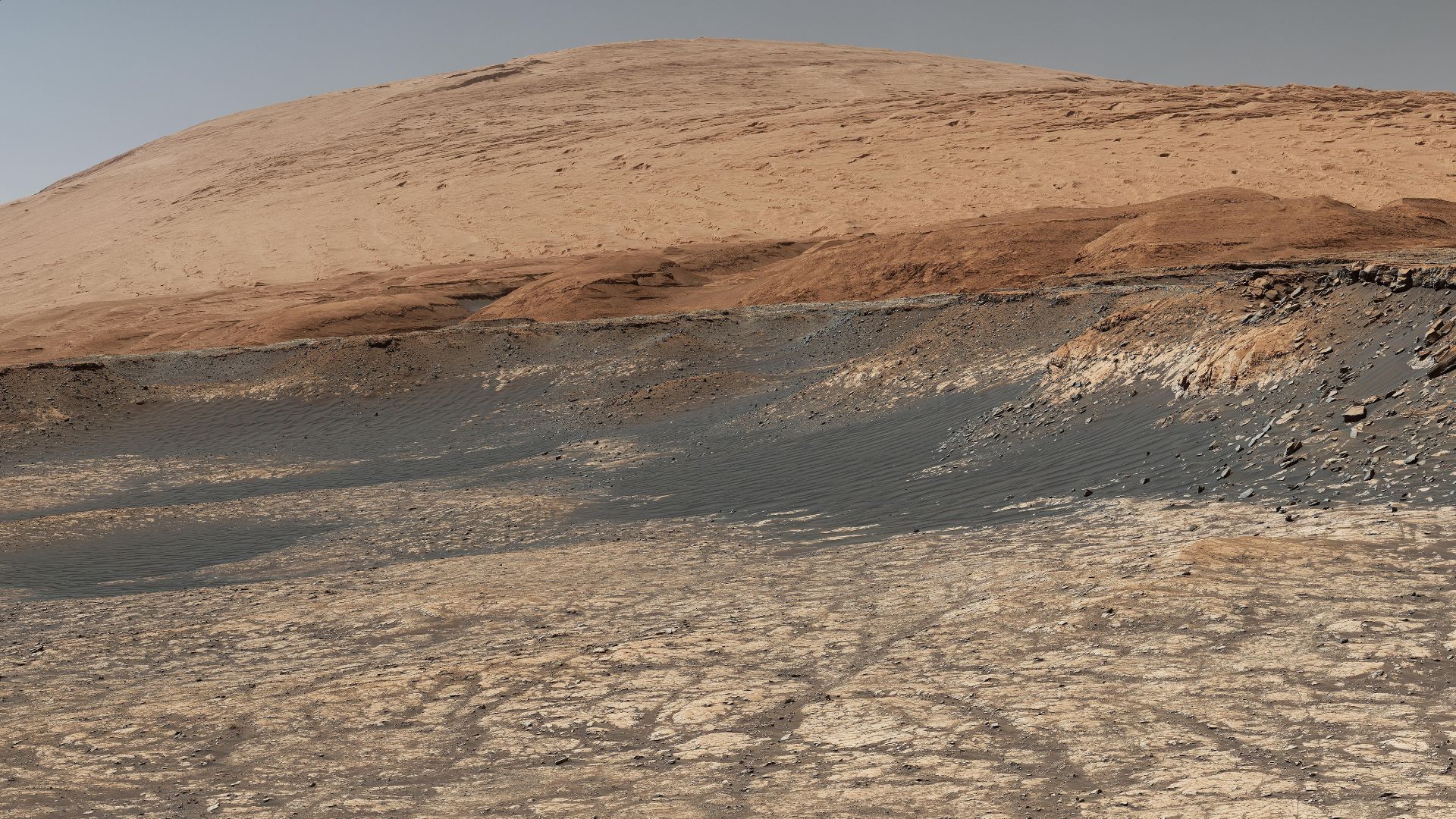
NASA scientists, such as Curiosity’s project scientist Ashwin Vasavada, have explained that these crystals can only form in a very specific condition. So far, they haven’t seen this in the history of this area of Mars.
“Finding a field of stones made of pure sulfur is like finding an oasis in the desert,” Vasavada said. “It shouldn’t be there, so now we have to explain it. Discovering strange and unexpected things is what makes planetary exploration so exciting.”
Long Ago Floods
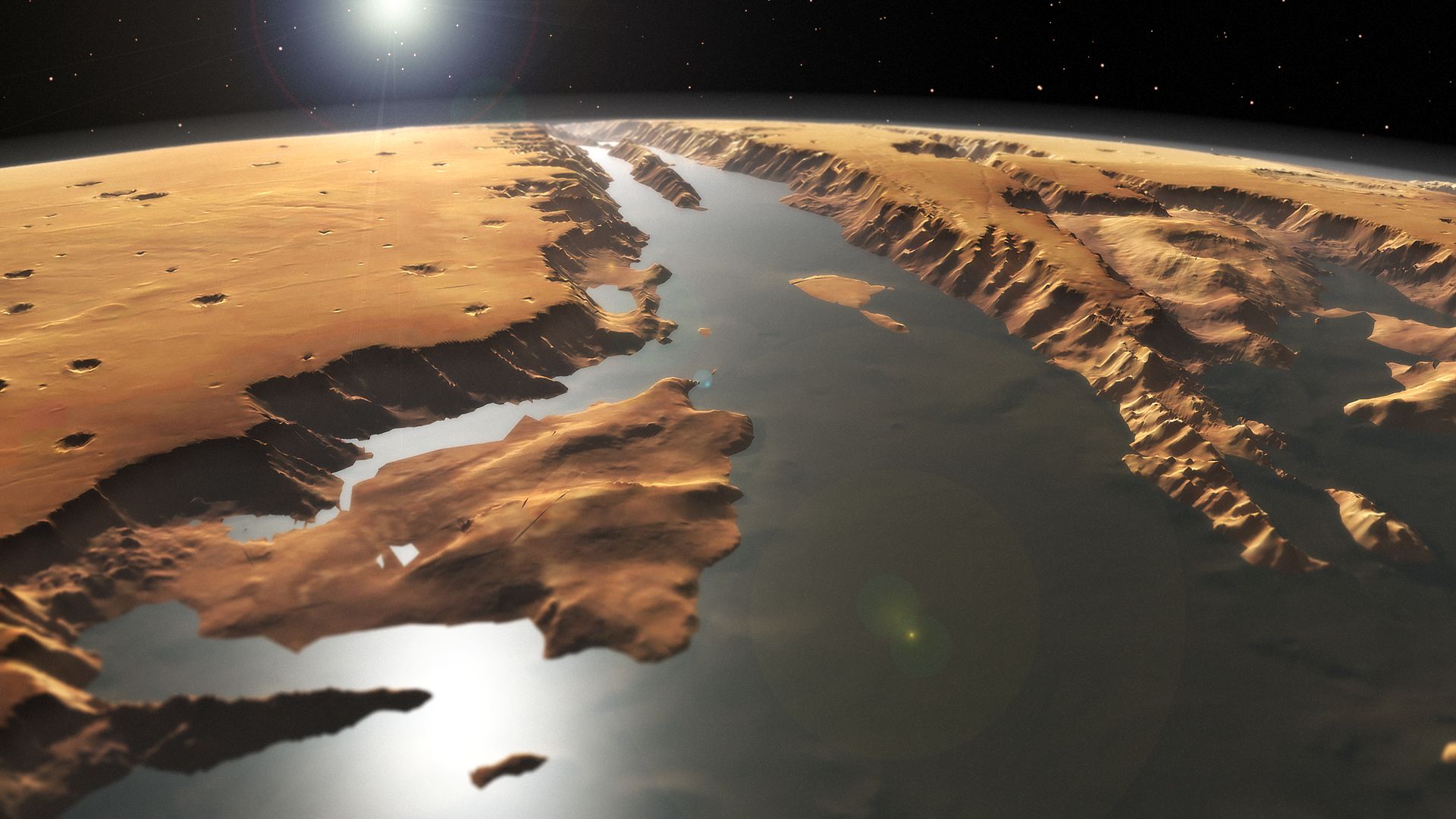
This remarkable discovery was made in an area of the Gediz Vallis channel that hints at a very active history on Mars.
Scientists have theorized that this channel was long ago carved by flows of water, as well as debris. This flow eventually left a ridge of sediment and boulders 2 miles down the mountain.
Uncovering the Gediz Vallis Mysteries
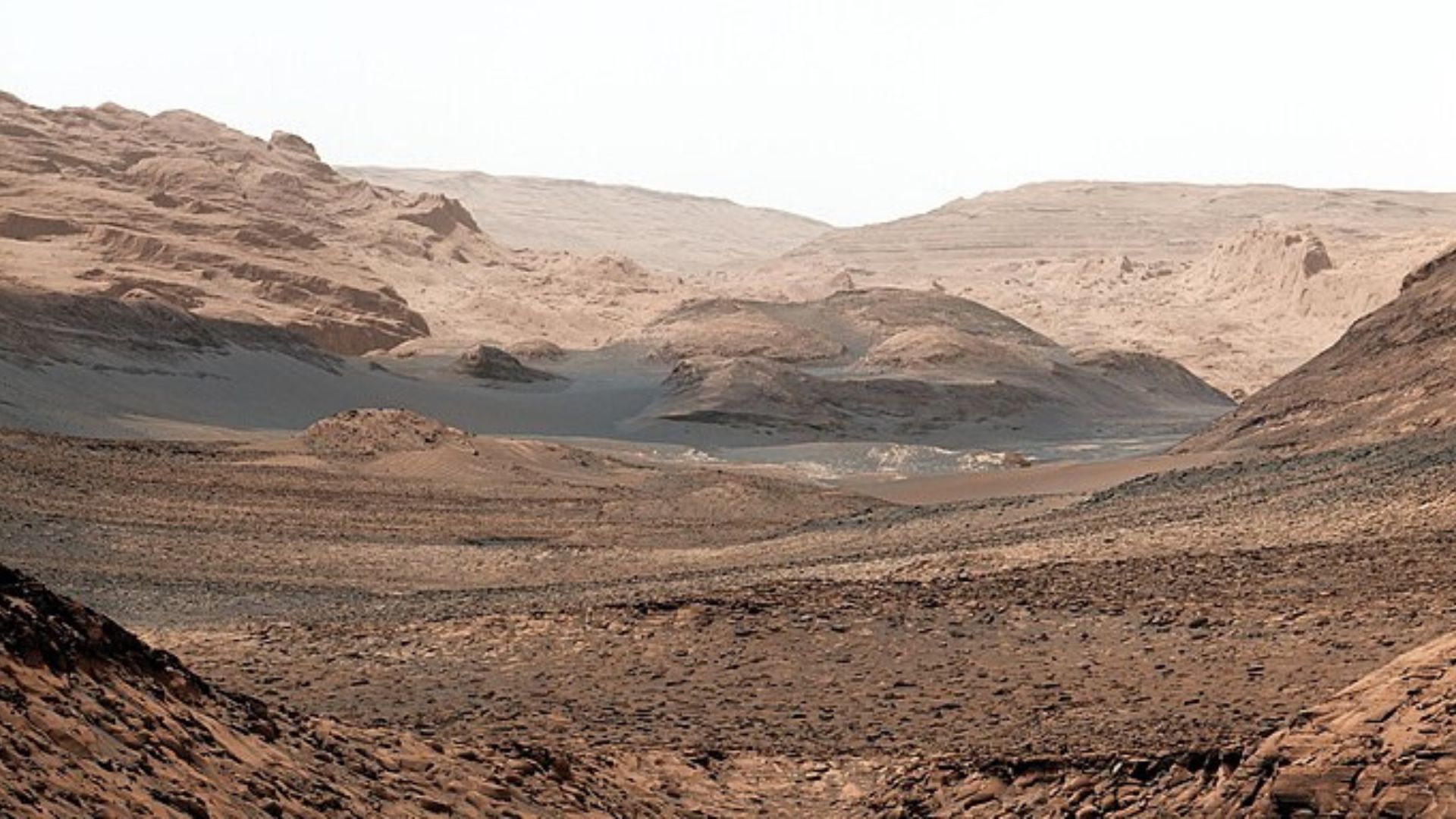
Years before Curiosity first launched, NASA scientists spotted the Gediz Vallis channel from space and wanted to learn more about it. NASA’s Mars rover is now uncovering many mysteries within this channel, most notably this recent sulfur crystal discovery.
Researchers are hoping the channel helps them uncover more mysteries, as well as help them understand how Mars may have evolved and changed over billions of years.
Uncovering Mars’ Secrets
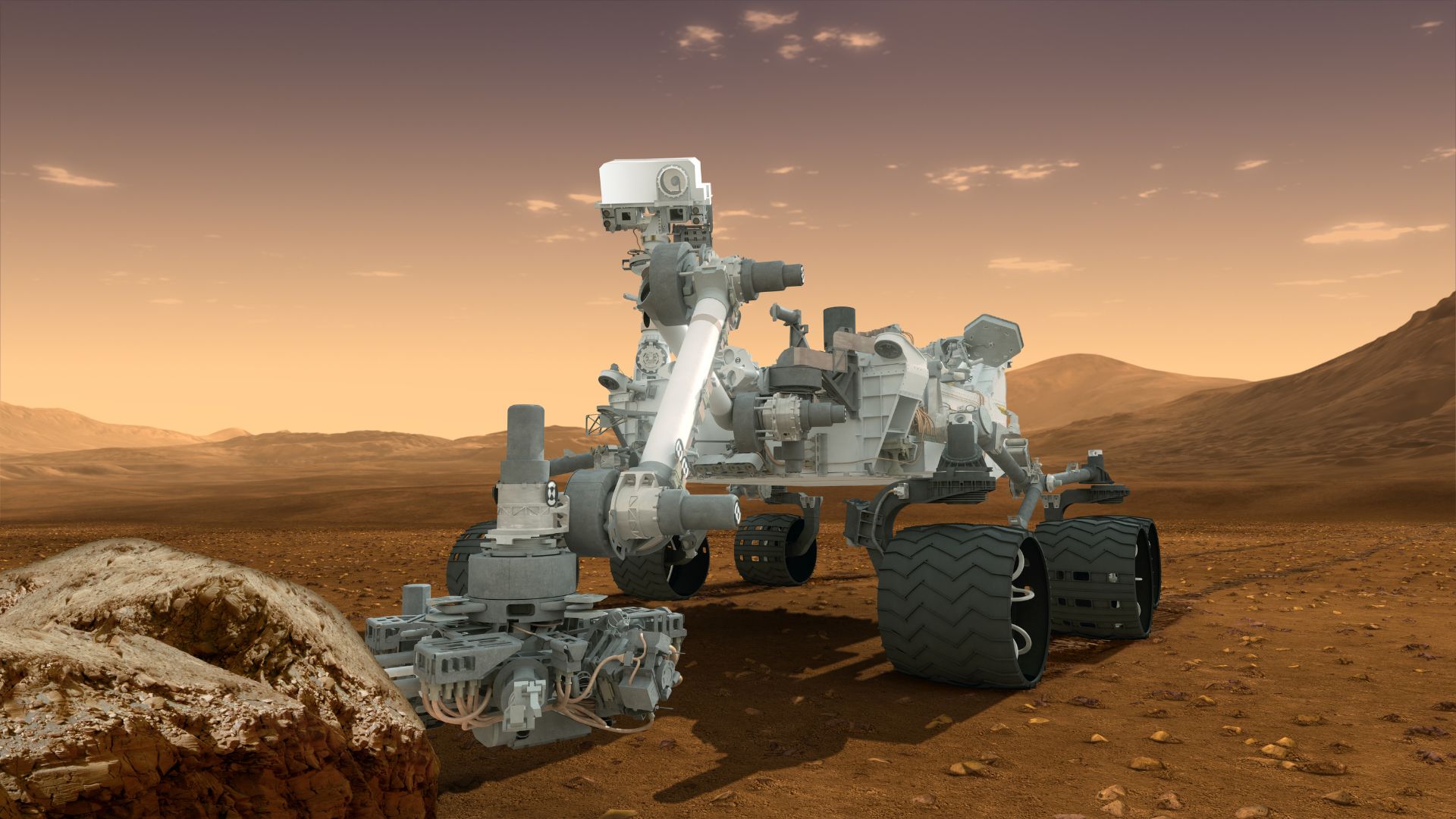
So far, scientists have been able to put together Curiosity data to uncover some of Mars’ ancient secrets. Researchers have theorized that the large amounts of debris that seem to rise up from the Gediz Vallis channel’s floor were either created by floods or landslides from long ago.
Now, scientists believe that both landslides and floods may have played a part in these creations.
Ancient Floods and Landslides
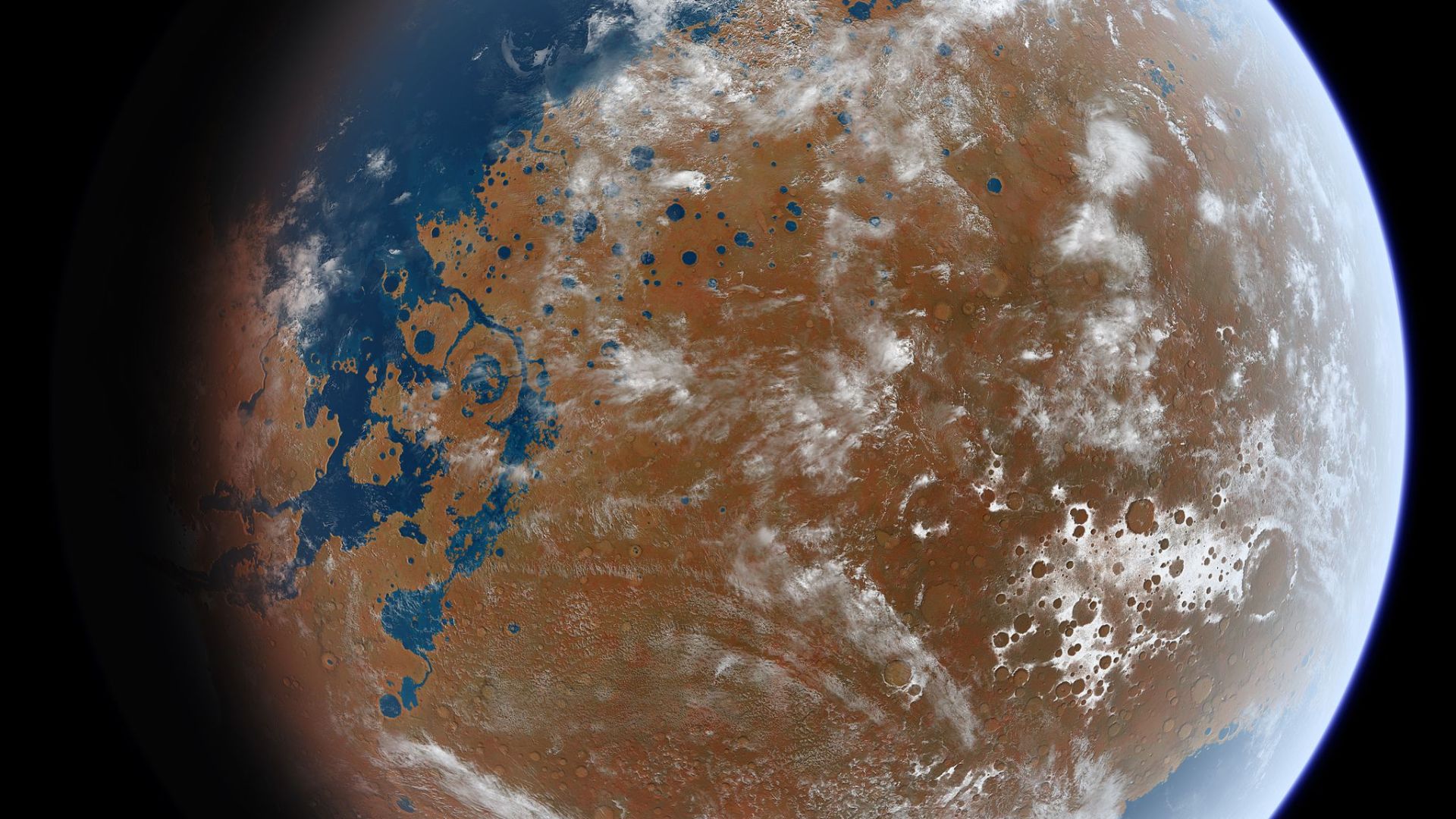
Thanks to Curiosity’s work, NASA scientists now believe that these debris piles were likely created and left behind by ancient floodwaters that were quite active and violent.
Meanwhile, other piles of debris analyzed seem slightly different. This has led researchers to theorize that they are from landslides.
An Active Mars
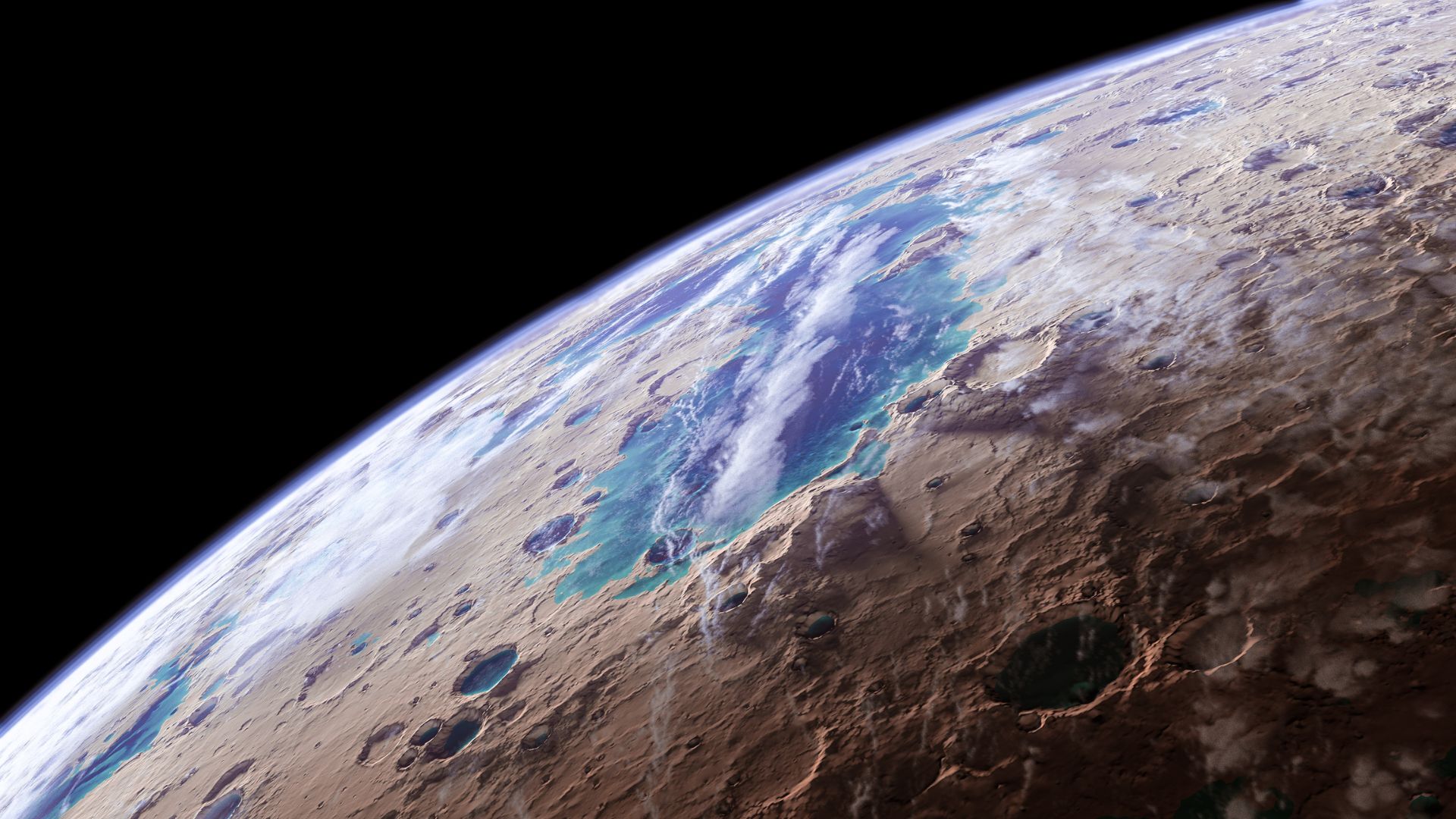
Becky Williams, the deputy principal investigator of Curiosity’s Mast Camera, has explained that these findings help shed light on a very active period in Mars’ history.
“This was not a quiet period on Mars,” Williams said. “There was an exciting amount of activity here. We’re looking at multiple flows down the channel, including energetic floods and boulder-rich flows.”
Mysteries Remain
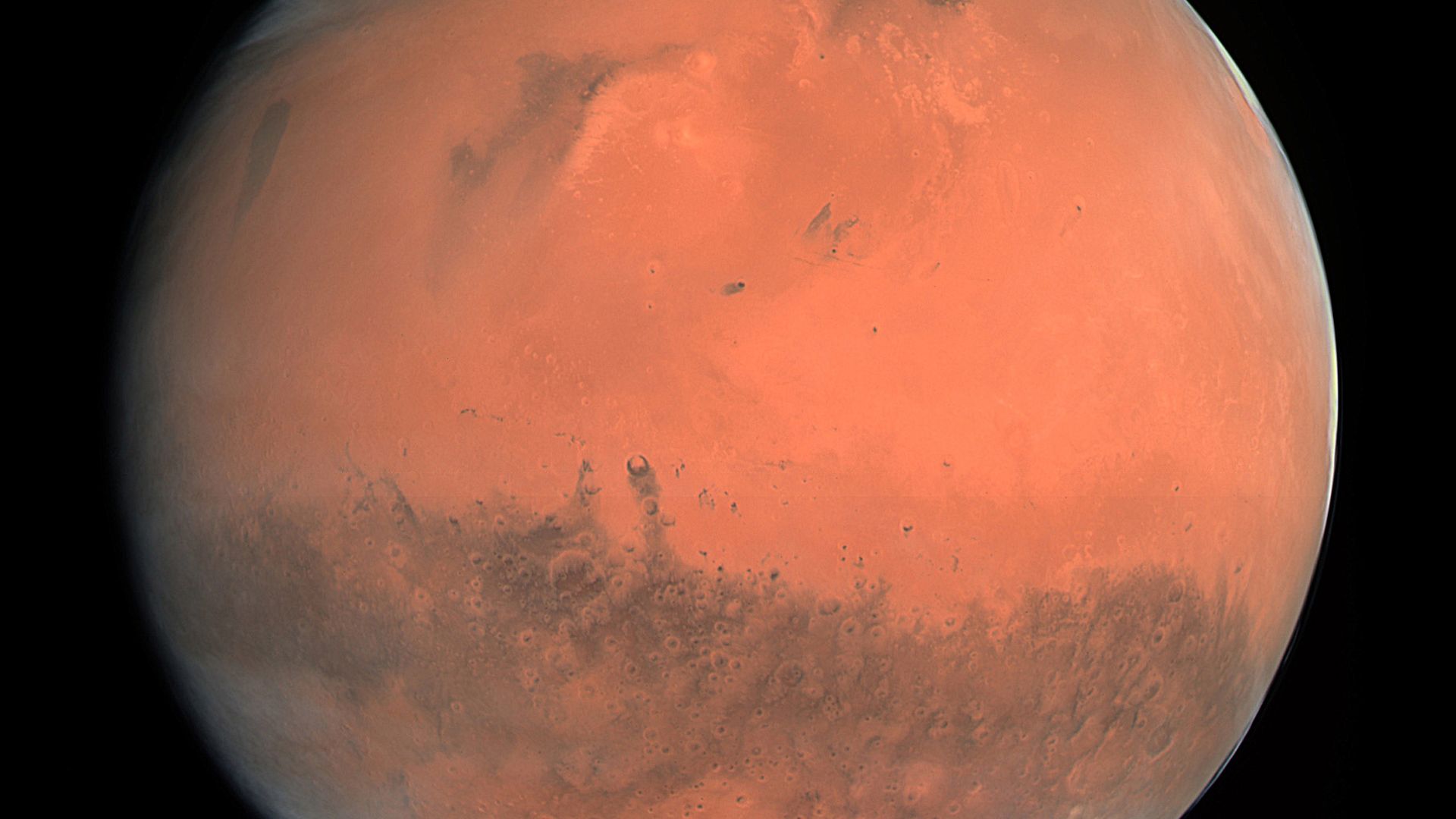
One thing is for certain: many mysteries on Mars remain. While this discovery of elemental sulfur is remarkable, scientists now have another mystery to solve. They want to figure out how this is even possible.
As the Curiosity rover continues to explore this region of Mars, more unique discoveries may appear.
